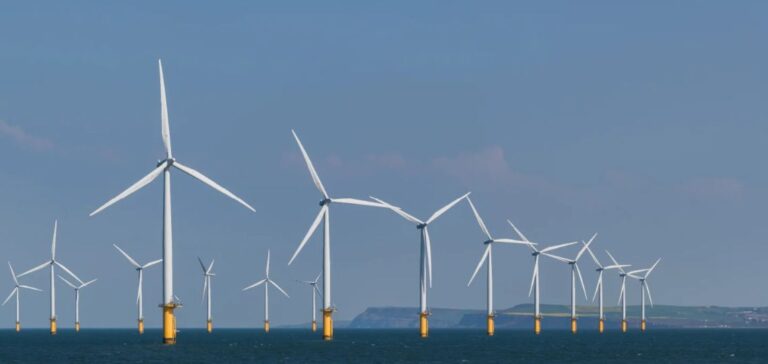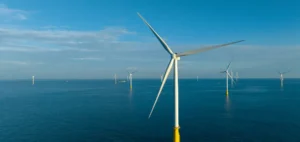Wind power capacity installations in the United States reached 5.2 gigawatts (GW) in 2024, marking the lowest level since 2013, according to the U.S. Wind Energy Monitor report published by consultancy firm Wood Mackenzie. The total includes 3.9 GW of new onshore builds, 1.3 GW of onshore repowering projects, and 101 megawatts (MW) of offshore capacity. This decline follows a spike in commissioning in 2022, driven by the expiration of tax incentives.
Gradual growth rebound expected in 2025
According to forecasts by Wood Mackenzie, cumulative onshore capacity in the United States is expected to exceed 160 GW by 2025. After the drop observed in 2024, onshore wind commissioning is set to reach 6.3 GW in 2025. Stephen Maldonado, research analyst at Wood Mackenzie, stated that “the drop in 2023 and 2024, caused by a surge in activity linked to the 2022 Production Tax Credit, is expected to fade.” He noted that orders placed in 2023 have led to the launch of several projects now under construction.
The report notes that 10.8 GW of onshore projects are currently under construction, with a further 3.9 GW announced through 2027. GE Vernova led onshore installations in 2024, accounting for 56% of the market, ahead of Vestas (40%) and Siemens Gamesa (4%).
Offshore: modest growth amid rising uncertainty
The offshore segment is expected to increase in 2025, with 900 MW of installed capacity, up from 101 MW last year. However, several projects have been suspended following recent Executive Orders. These include a temporary freeze on offshore leasing areas and a halt to some onshore projects on federal lands, leading to a downward revision of the five-year outlook by 1.8 GW.
The report forecasts 33 GW of new onshore capacity and 6.6 GW of offshore capacity by 2029, along with 5.5 GW of repowering. However, this five-year outlook has been reduced by 40%, from an initially projected 75.8 GW. This reduction is attributed to regulatory uncertainty and a less favourable economic environment.
Stephen Maldonado emphasised that “demand for electricity remains strong, but shifting policies and administrative constraints will weigh on new project announcements.” He added that ongoing projects are likely to be completed, but announced projects will face strategic reassessments by developers.





















